New technologies that are changing the eCommerce fashion industry – everything you need to know
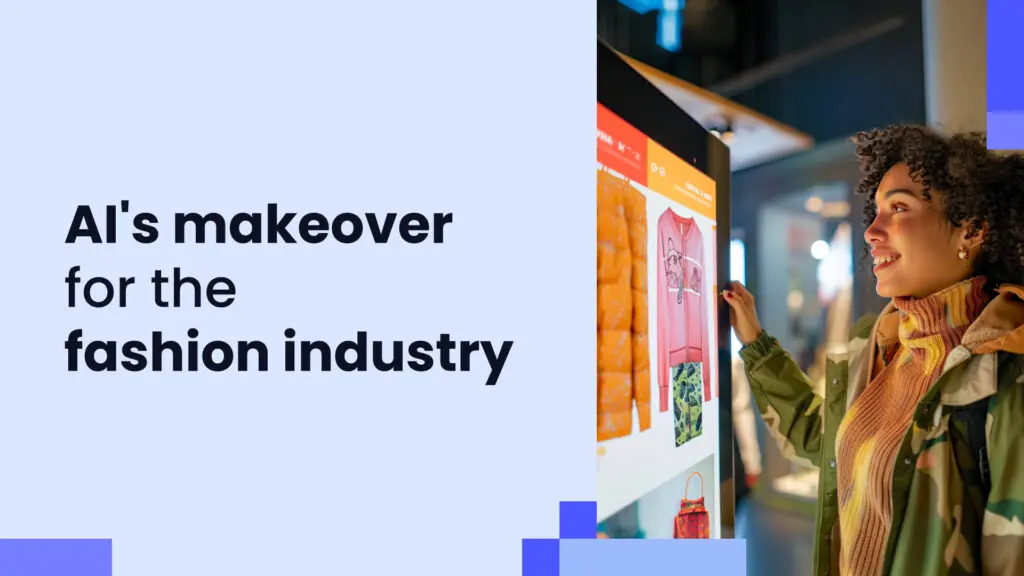
- Previous and current consumer trends
- Consumer expectations and behaviors
- Embracing individualism in fashion
- Impulse buying goes mobile
- Shoppers seek social inspiration
- Social media fuels global fashion trends
- Meeting evolving shopper demands
- Startups changing the game
- Collaborative innovation in fashion tech
- AI-powered personalization
- AI-powered search engines for apparel
- Data-driven inventory management
- Chat bots
- Visual search
- Metaverse
The future of fashion is a very broad concept – ranging from the initial production of garments to shopping to post-purchase use and digital / phygital realities. This includes the rise of digital and phygital realities, where physical and digital experiences merge seamlessly. At every stage of the clothing lifecycle, from design and manufacturing to retail and end-of-life recycling, innovative technologies and new consumer behaviors are driving significant transformations.
We have partnered with Arête, a leading clothing brand revolutionizing the fashion industry with innovative AI-powered styling and a shopping iOS app.
3D printing, smart textiles, and natural fibers are reshaping the clothes we wear and allow for more intricate designs. Digital Product Creation (DPC) and the automation of tasks such as cutting and sewing are saving designers money, time, and promoting consistency in production. We’ve also witnessed a boom in virtual try-on technology and AR solutions. 3DLOOK and styleme have made significant strides, but there’s still a gap between the technology and the end customer.
In most cases, these technologies require customers to input images and sizes, burdening shoppers with additional work and disincentivizing rapid adoption. Digital fashion is also on the rise, with Gen Z shoppers increasingly experimenting with the extravagant looks on DressX and Roblox.
The trends and technologies reshaping retail and shopping are the focus on this article. We’ve seen a massive shift in how people shop, what their intentions are when shopping, and the tools enabling these decisions.
Previous and current consumer trends
Before iPhones, there were two primary ways shoppers would discover products: brick and mortar stores, and product catalogs in their mailboxes. You may see your neighbor wearing the perfect tweed jacket, so you would embark on an expedition at the shopping mall to find something similar. You would wander through Sears or Macy’s and come home after a long day of shopping with a mini haul.
After this era, we began to transition to marketplaces and social media. The preceding decades are marked by Revolve, ASOS, Instagram, TikTok, Zara, and Shein. During this time, shopping is fragmented and requires hours of search and discovery. This is the era we are steadily transitioning out of.
In this era, the shopper’s journey is fragmented. Jenny may be scrolling on Instagram / TikTok and see that “Office Siren” is trending. She then searches “Office Siren” on all social media platforms, gets inspiration from her favorite influencers, and goes to Revolve to search for items that align with this aesthetic. However, when Jenny lands on Revolve, she is instantly overwhelmed.
Her search takes her down an endless rabbit hole, and next thing she knows – it’s 2am, her cart total is $3,000, she doesn’t actually like anything she selected, and she abandons the cart. This marketplace model of shopping, although an improvement from catalogs in our mailboxes, is not the most efficient, personalized, social, or fun solution.
Subscribe to the eCommerce newsletter for
top industry insights
Consumer expectations and behaviors
We’ve also seen a shift in consumer expectations and behaviors. Shoppers expect to find products faster than ever and purchase decisions are often linked to whether or not they can checkout using Apple Pay. If the purchase cannot be made in under 4 minutes, many shoppers will abandon the cart.
Coupled with the need for speed, online shoppers today expect the internet to understand them. Instagram and TikTok have trained us to anticipate a perfectly curated shopping experience. Amazon has also brought on an expectation for fast returns and infinite options, making it difficult for small brands to compete on their own. This has propelled omnichannel marketing strategies amongst smaller designers.
Embracing individualism in fashion
Despite the hurdles these smaller brands face, there has also been a trend towards emerging designers and second hand clothing. This shift is likely linked to a movement for individualism in fashion and a desire to oppose mainstream trends in favor of personal style. In places like New York City, there’s a thrift store on almost every corner, and industry leaders are turning a cold shoulder towards Prada, opting in for smaller designers like Helena Magdalena and DoubleKNY.
Might also interest you:
- The ultimate guide to AI in eCommerce
- Poshmark vs vestiaire collective – which platform should you sell on?
- 16 AI tools eCommerce sellers need to know about
Impulse buying goes mobile
Another significant shift in consumer behavior is the adoption of mobile commerce. Shopping is moving towards a smaller screen and mobile shopping is becoming easier. One click to buy options and new technologies like fingerprint and facial recognition are encouraging us to shop on our phones. Mobile commerce is also more likely to encourage impulse buying and promotes ‘quick-trigger’ behavior.
There are studies that indicate a generational shift towards mobile commerce, with Gen Z being the most comfortable with mobile shopping. There’s a higher likelihood to see something on an influencer or receive a sale notification and make a quick purchase when you’re shopping on mobile.
Shoppers seek social inspiration
Future marketplace models also cannot overlook the power of social commerce. Already booming in China, social commerce is increasingly growing in the United States and is set to be an over $8 billion industry by 2030. From a business angle, social commerce also indicates that shoppers don’t usually have clear ideas on what or where to purchase. They look to their social networks for inspiration and guidance.
This behavior aligns with shoppers who have intent to buy but a lack of direction. They’re more easily persuaded and are influenced by the power of reinforcement. Given the rapid growth of social commerce since its emergence in 2005, it will play a significant role in the future of fashion. By encouraging users to share photos and engage with virtual closets, Arête is incorporating social commerce into its foundation.
Social media fuels global fashion trends
Simultaneously, modern shoppers have become more global, with Instagram and TikTok driving inspiration and rapidly changing trends. 97% of Gen Z shoppers now claim they get inspiration from social media, and many look to their trusted influencers and brands for guidance. This is referred to as creator commerce, an offshoot of social commerce, and extends beyond engagement with friends.
The phenomenon we’re seeing is a movement toward trend-based shopping and shopping based on specific celebrity and influencer vibes. When ‘coastal grandma’ is trending on TikTok, searches for linen pants spike. When ‘Brat Girl Summer’ is coined as an aesthetic, every girl in Manhattan is studying Vogue’s essential starter pack for a Brat Girl Summer. And when Chappell Roan is labeled as a fashion icon, the camp aesthetic is officially back. The next generation of shoppers don’t always know what they’re shopping for, but they can point to certain occasions or aesthetics that they want to shop.
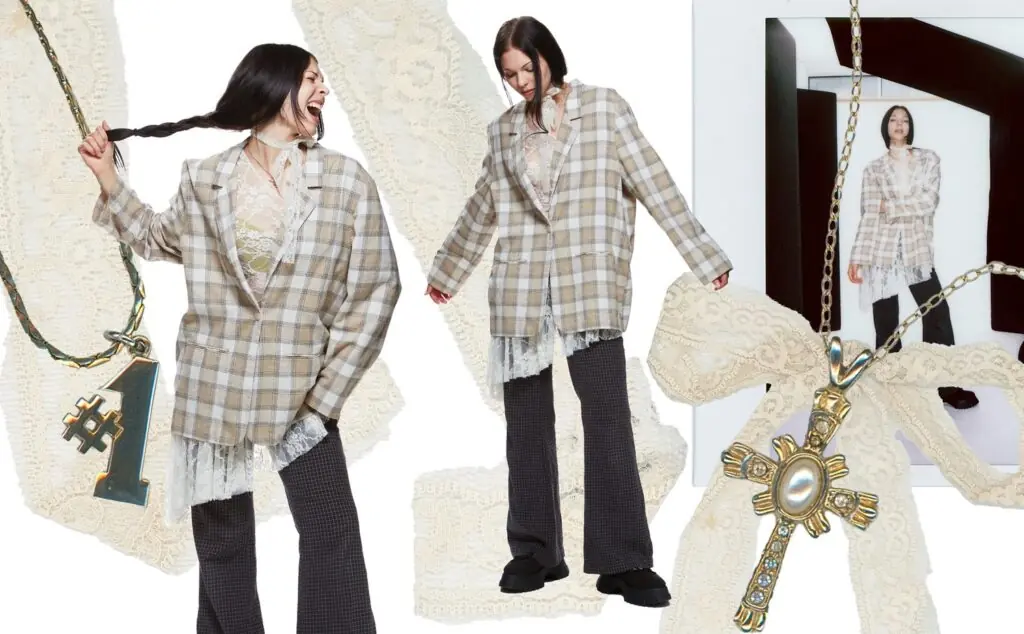
Meeting evolving shopper demands
As consumer behaviors have evolved, we’ve primarily observed two archetypes of shoppers – 1) those who see a style of clothing through social commerce platforms and then go on a hunt to find something similar, and 2) those who are inspired by aesthetics / influencers and want to shop through discovery. At Arête, we’ve observed our users engaging with full outfit recommendations, swapping out tops based on the pants they’ve selected, and saving entire looks. The more our users engage, the more we understand their tastes, allowing us to develop a sophisticated ranking system.
Instead of scrolling for hours on Revolve, Jenny can now come to Arête, input a trending aesthetic or occasion, and receive full outfits generated based on her personal style and selected filters. Jenny is experiencing targeted discovery and still feels the dopamine rush brought on by finding the perfect outfit and purchasing it. By combining personalization with creator commerce and focusing on emerging brands, Arête optimizes for time, taste, and brings an edge of exclusivity.
In a fashion ecosystem that combines the power of personalization, inspiration, and social interaction, purchase decisions will become more complete, moving towards style bundles and full looks instead of one off sales. That ‘Brat Girl Summer’ aesthetic? Now you can buy four essential pieces in one click to lean into this vibe for the rest of the summer.
However, none of these changes would be possible without a rapid evolution in fashion technology. Today, shopper expectations have outpaced the traditional marketplace model. To keep up with the evolving shopper, technology is now at the center of every retail conference and Business of Fashion newsletter.
Startups changing the game
Therefore, it’s not surprising that so many fashion technology companies have emerged. In fact, many of us would say it feels like the beginning of a new era. Arête is deeply immersed in the fashion technology scene in New York City, and we believe the innovations of the next decade will completely alter how we interact with fashion.
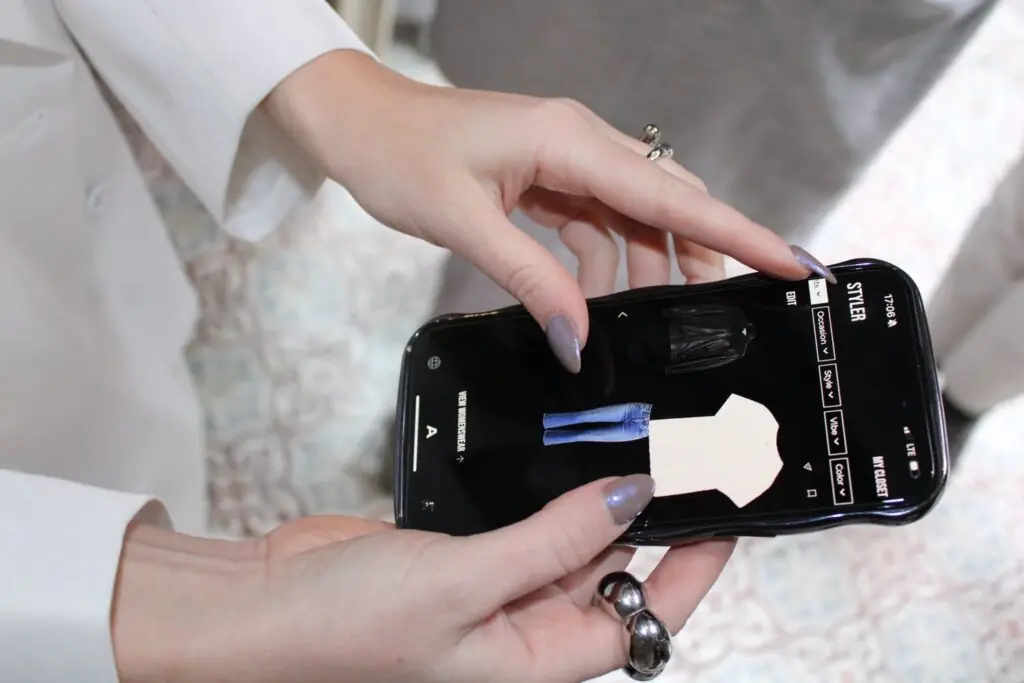
Collaborative innovation in fashion tech
Naturally, it would be doing readers a disservice by not highlighting some up-and-coming startups! Alternew is making sustainability accessible and reducing waste through tailoring, seamlessly connecting brands, retail teams, and customers to the best tailors. Beni is an AI-powered shopping assistant that allows you to find items from your favorite stores for less through a chrome extension and an iOS app. The powerhouse, Yidi Campbell, founded Indyx after working in corporate retail and realizing the damage of overconsumption. Instead, she decided to focus on intentionality, encouraging shoppers to first leverage their own closets and then shop.
Teleport is another one to look out for if you love thrifting but value your social life. It’s a video-first social marketplace to discover, sell, and thrift from a circular fashion community. Rodeo makes you feel like you’re in a video game. With an immersive creator experience, they’re allowing users to engage with and shop complete lifestyles. And for the petite women out there, The PS Collective built a rental platform just for you!
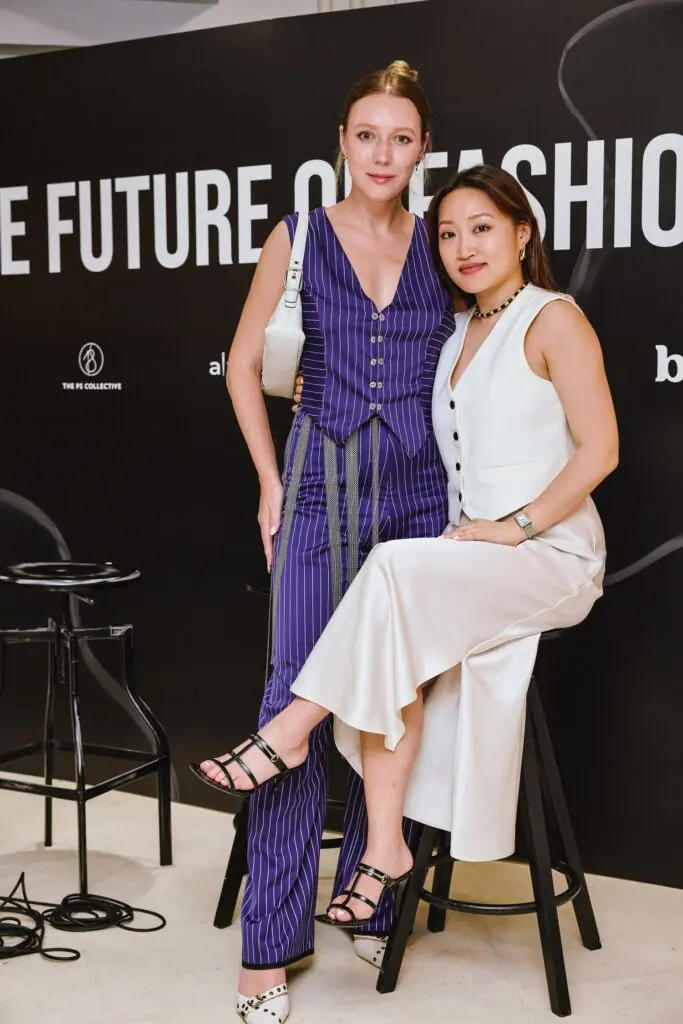
Beyond the technology, there’s something special unfolding within the fashion technology startup community – it’s uncharacteristically collaborative. Whereas fashion traditionally receives a bad rep for being catty and secretive, we’re promoting the opposite. This collaboration may be influenced by the lack of attention fashion has historically received in technology circles. It has encouraged our companies to band together. In fact, it wasn’t until NY Tech Week, June 2024, that fashion technology finally entered the conversation. Here’s the kicker –
It entered the conversation because dozens of founders in the space realized a gap. We can confidently say that we’re here to stay. Watch us as we build the future of fashion and revolutionize a $1.7 trillion – $2.5 trillion industry, together.
Popular content
- 14 strategies to improve your eCommerce business’s financial health
- 50+ ChatGPT prompts to elevate your eCommerce business
- A guide to pricing your product on Amazon
- 5 marketing metrics all eCommerce businesses should track
- All about Amazon PPC
Having considered changing shopper behaviors and shared a glimpse into the growing startup scene, let’s zoom into the technologies enabling these changes and powering our startups.
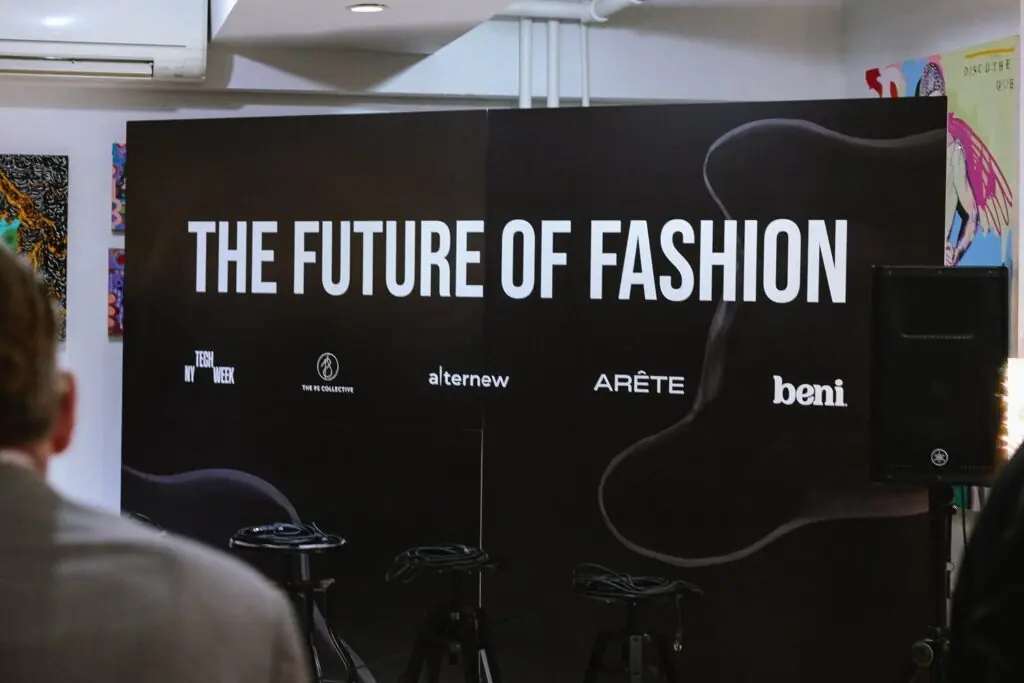
AI-powered personalization
At the center of every conversation, we have Artificial Intelligence (AI). However, AI is a blanket statement for a wide range of use cases. In retail, AI is most commonly associated with an increase in personalization. For those who remember, The Yes started to crack the code for personalized shopping before getting acquired by Pinterest. Their adaptive shopping experience proved that AI had the power to tap into a new dimension of purchase decisions and increase conversion. If social commerce is leveraged, it can increase the degree of personalization shoppers receive, building a feedback loop between passive engagement and purchase decisions.
AI personalization is also at the core of Arête. As our users engage on our iOS app, they’re providing explicit and implicit feedback about their preferences. When they move into the main feed and select a particular occasion or aesthetic, the looks generated are aligned with their) selection, and the profile they’ve been building out. Shoppers have the option to upload an item they own and Arête will show what to buy to complete the look, a ‘styled to shop’ approach.
However, we’re also using AI personalization as a marketing tool for the emerging designers we partner with. Most of them will never appear in a simple Google search, and discovering them on regular marketplaces would require hours of scrolling or clicking through each brand name. By partnering with these smaller brands, we can recommend their items to the right shoppers and show complete outfit inspiration with their pieces.
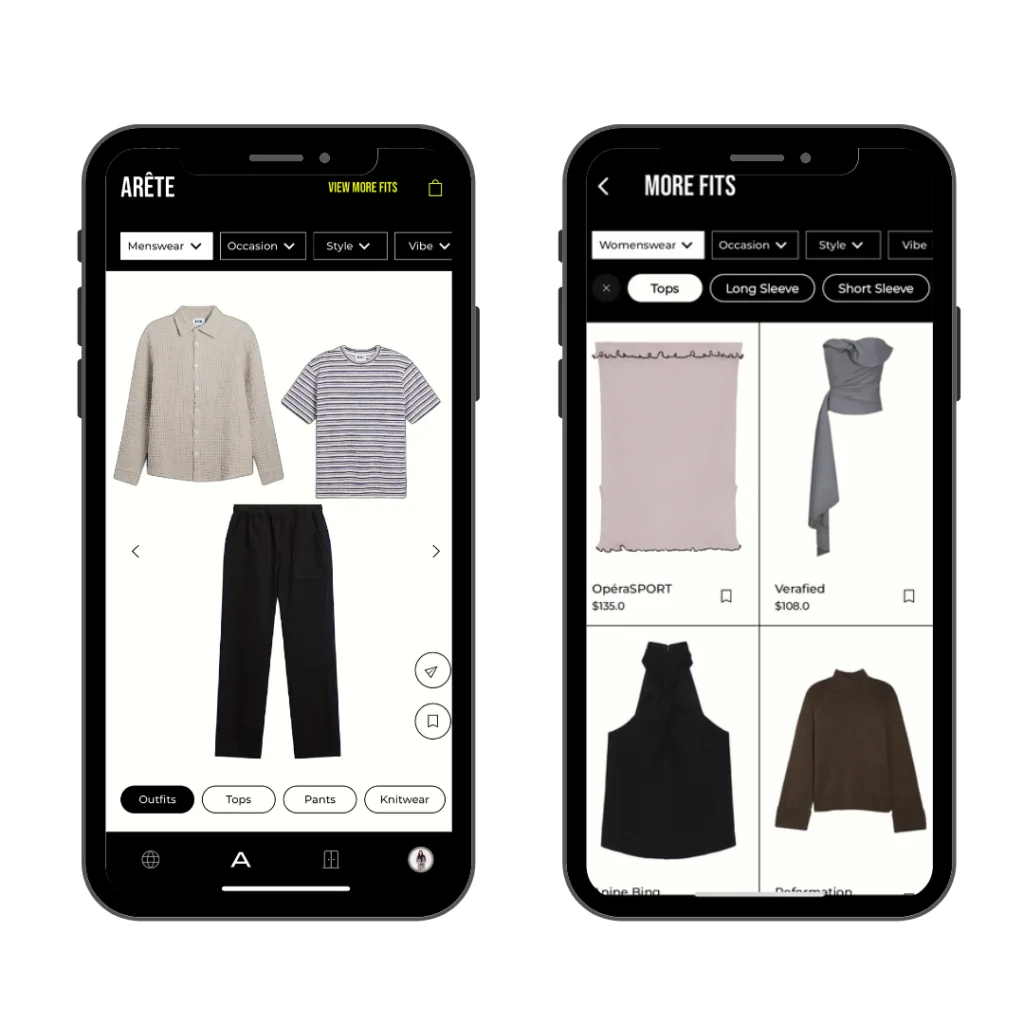
AI-powered search engines for apparel
We’ve also witnessed excitement around the power of AI in search. Google is no longer cutting it, especially for eCommerce decisions, and we’ve seen this reflected in the number of companies sprinting to be Google 2.0 but for fashion. Most notably, former co-founder of The Yes, Julie Bornstein, raised $50 million to launch Daydream, an AI fashion search engine. Smaller companies like Showroom have also made a pass at this problem.
Although we have no doubt that the technology will mature and we’ll all be using some version of Daydream to search for apparel, we see it aligning with the archetype 1 shopper. They’ll have something specific in mind but won’t view optimized search engines as inspiration tools.
Data-driven inventory management
Larger retailers are already tapping into real-time sales data and making production decisions based on this information. By using AI to analyze sales and market trends, more retailers are able to predict demand and decrease waste. The fashion industry is associated with high warehouse costs, endless discounts, and overproduction.
Using AI to interpret data can support better management of the supply chain. Instead of producing a large quantity of a particular SKU (stock-keeping unit) because the style is trending, retailers can now look internally to assess their shoppers and determine how much of that style should go into production.
Chat bots
Recently, we attended the LEAD Summit in NYC. The majority of the companies with booths were B2B e-commerce solutions, and many of them were AI agents. One of these companies, Zowie, seems to be in the lead. They’ve managed to create a chat bot that guides shoppers to the perfect product through a conversation.
This chat bot knows each brand’s inventory, can answer specific product questions, and is really engaged with the shopper throughout the journey. This market is set to reach $15.5 billion by 2028, allowing about 30% of the tasks currently performed by contact center staff to be automated.
Visual search
Increasingly, shoppers will see an image of an outfit they like and go through an arduous process to find those items. This is more aligned with shopper archetype 1, mentioned earlier in the article. To serve this shopper, companies like Glaze have been developing visual search. Using computer vision to match images to products, shoppers can now upload photos of what they’re looking for and the visual search engine will recommend items that are closely aligned. Those who get ahead of this technology trend will benefit from early adopter perks.
Metaverse
The fashion metaverse is aimed at gamifying the retail experience. Virtual fashion is created using 3D design software, Augmented Reality (AR) and AI. The clothing is designed to be worn by avatars and can be traded as NFTs. Fashion houses like Dolce & Gabbana and Tommy Hilfiger were some of the earliest adopters and continue to signal an opportunity for fashion in the metaverse.
So what will Jenny’s shopping journey look like in ten years? It’s safe to say it will be driven by the combined power of these emerging technologies.
Have article ideas, requests, or collaboration proposals? Reach out to us at editor@8fig.co – we’d love to hear from you.
Subscribe to the eCommerce newsletter for
top industry insights
to our blog
Read the latest
from 8fig

AI is quietly reshaping eCommerce. Karma’s Hadas Bar-Ad explores how today’s sellers are using intelligent tools to streamline operations, boost efficiency, and drive smarter growth.
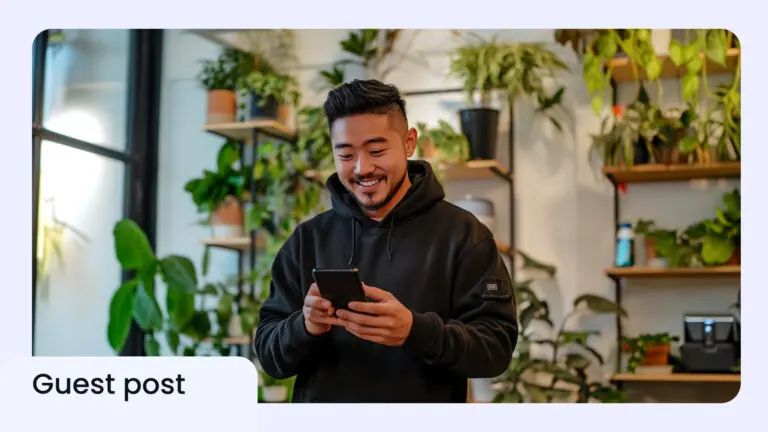
WhatsApp isn’t just for memes and group chats anymore. With a 98% open rate, it’s the secret weapon your eCommerce marketing strategy might be missing. Here’s how to do it right.
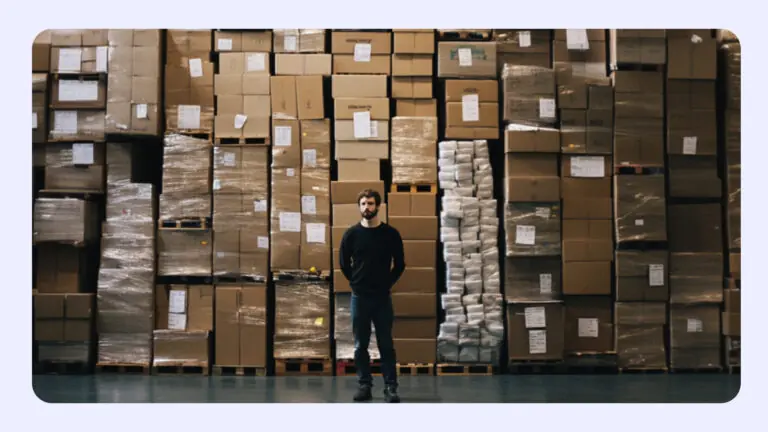
Stuck with extra inventory after Amazon’s Spring Sale? Learn five smart strategies to clear unsold stock, boost cash flow, and avoid future overstocks with smarter inventory planning.